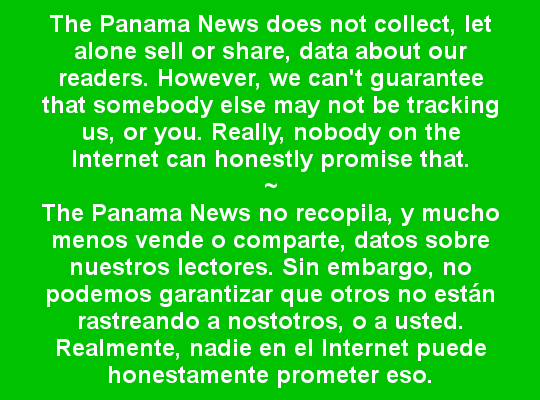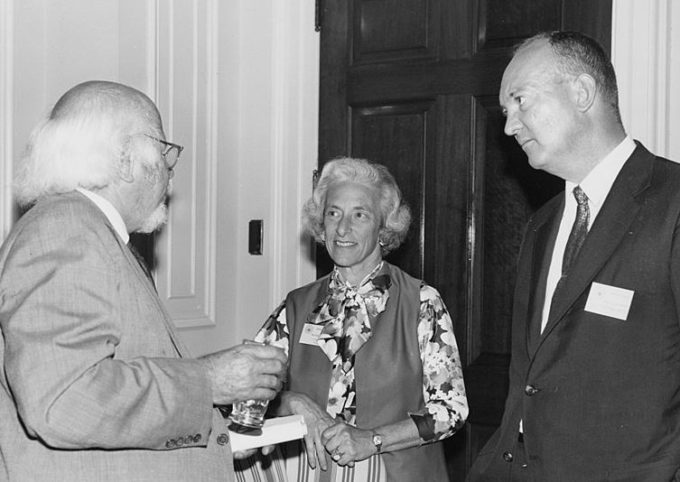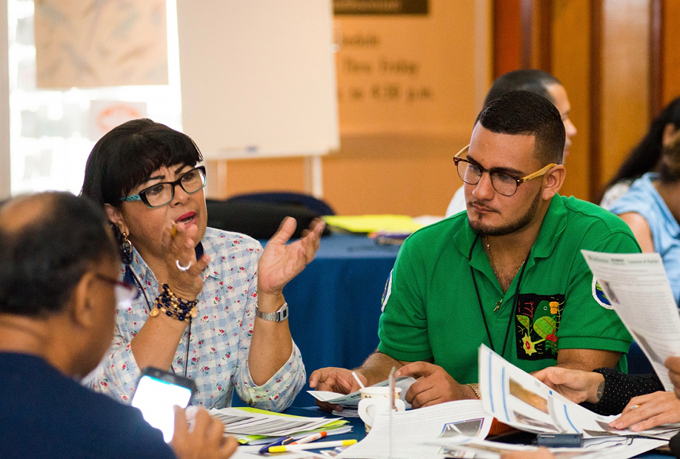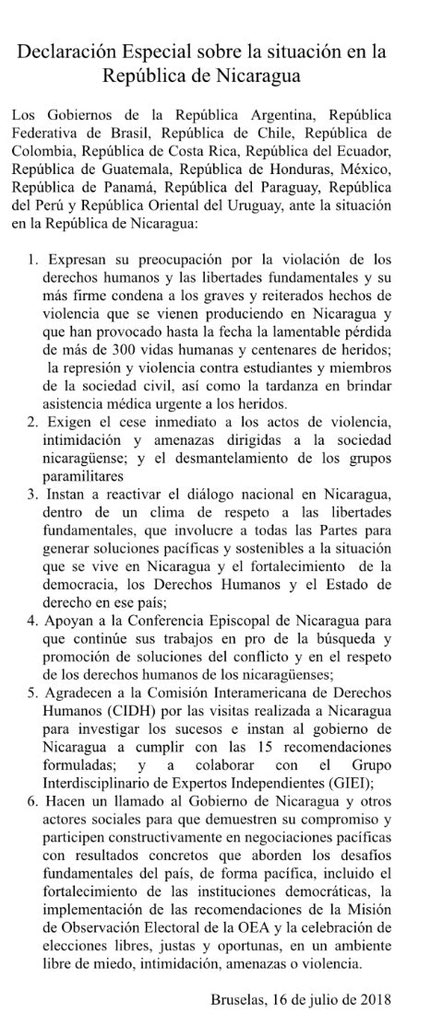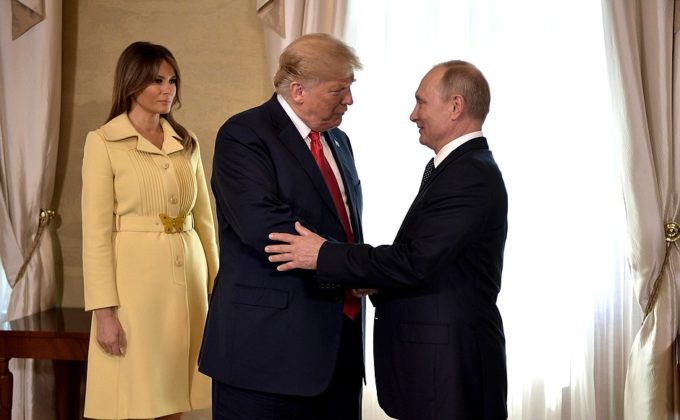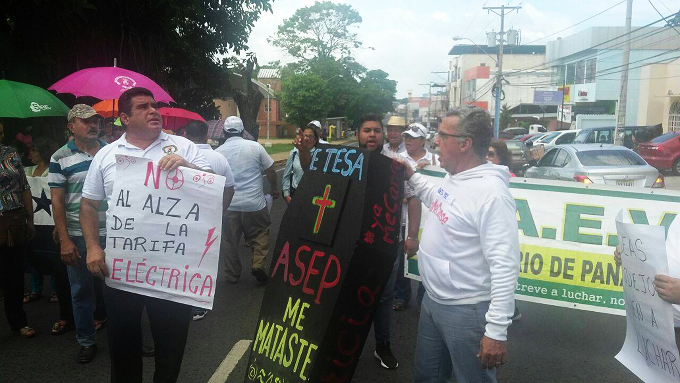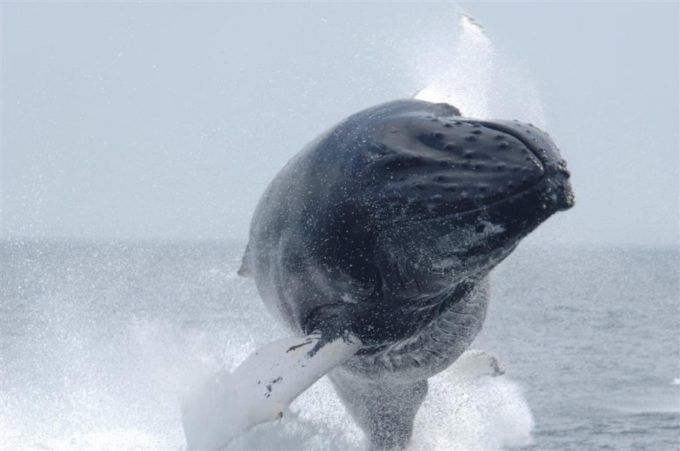
Red flags abound as a warming
Arctic opens up to shipping
by Basten Gokkon – Mongabay
- Ship traffic through the Arctic is expected to increase dramatically as global warming renders a growing proportion of the region ice-free.
- Conservationists warn that the higher number of vessels raises the risks of pollution, oil spills, and disturbances to marine mammals from propeller noise.
- They propose a slate of regulatory measures that could help mitigate the anticipated impacts, which could then be extended to other vulnerable maritime regions.
KUCHING, Malaysia — Conservationists have called on governments and the private sector to do more to mitigate the impact of global shipping activities on marine ecosystems and communities in the Arctic.
Commercial shipping along the northern routes that connect North America, Europe and Asia is expected to increase by 500 percent between 2015 and 2025. In Canada, that traffic, which includes container ships, oil tankers and cruise liners, is forecast to double between 2010 and 2020, then double again from 2020 to 2030. The port of Vancouver, for one, expects to see a 33 percent increase in the number of vessels that dock there in the next 10 years. Over in Russia, the current volume of cargo transported through the Northern Sea Route is at 6.8 million tons annually; the country aims to boost that figure significantly to 100 million tons by 2030.
“That’s an enormous increase,” Andrew Dumbrille, manager of national oceans governance at WWF-Canada, said at a panel discussion at the 5th International Marine Conservation Congress (IMCC) in Kuching, Malaysia, on June 26.
“Much of it is due to melting ice and opening sea routes, shorter routes, less fuel being used and shorter periods of getting goods to communities,” he added.
About 90 percent of world trade is transported by sea, with ships and ports acting as the arteries and nodes of the global economy. The changes in ship traffic patterns reflect changes in the global economy, especially the rising importance of Asia, home to the world’s 10 busiest ports.
China drives most of the region’s ship traffic, and the country has a vested interest in the Arctic. Declaring itself a “Near-Arctic State,” the country earlier this year announced plans to establish what it called a “polar silk road.”
“The entire global trade industry is looking at the Arctic as a key area for developing ship routes that will be shorter to get goods faster to where they’re going,” Kendra Ulrich, senior shipping campaigner at the Canada and US-based NGO Stand Earth, said at the IMCC panel discussion.
Pollution and noise
But as shipping traffic increases, so does the risk of spills, waste discharge, vessel accidents, and underwater noise pollution, all of which impact marine life and coastal communities, the panelists said.
Many shipping vessels use heavy fuel oil, also known as bunker fuel: a cheap, low-quality fuel with high levels of contaminants left over after the more valuable components of crude oil are distilled off. In North America, bunker fuel is considered hazardous waste, but the shipping industry purchases it at rock-bottom prices.
During much of the year, waters in the Arctic — comprising the Arctic Ocean, adjacent seas and the coasts off parts of Alaska, northern Canada, Finland, Greenland, Iceland, Norway, Russia and Sweden — are dark and cold, which means that organisms there grow at a slower rate than in temperate or tropical regions. An oil spill in this environment would take much longer to recover from, impacting sea birds, marine mammals and coastal communities that depend on the ocean, Dumbrille said.
Another source of disturbance is ship propellers, which typically produce loud sounds that can affect marine mammals that are particularly sensitive to noises. Narwhals (Monodon monoceros), a whale species best known for its long spiraling tusk, are most vulnerable to such disturbances. Walruses (Odobenus rosmarus), bowhead whales (Balaena mysticetus) and beluga whales (Delphinapterus leucas) also rate high on the vulnerability scale.
Cruise liners, a key part of the global shipping sector, also have an impact on marine life. In addition to the noise from their propellers, they also discharge waste from their kitchens, showers, laundry facilities and exhaust scrubbers.
“They have an absolutely enormous impact on the environment that their clients are paying to see,” Ulrich said. “They’re visiting some of the most important cultural and environmental places, and they’re burning the dirtiest fossil fuel available, releasing enormous amounts of heavy metals.”
On top of the ecological impact, the panelists also highlighted the effect of shipping on coastal communities, including the danger of oil spills and the loss of marine life due to noise and pollution.
“You have communities that depend on the ocean for daily subsistence, and the ocean is their grocery store,” Dumbrille said.
Incident response
Because of the harsh conditions in the Arctic, collisions and other shipping-related incidents are likely to occur, the panelists said. Less likely is the prospect of a swift response, given the remoteness of the region and the lack of infrastructure for monitoring and search and rescue, the panelists added.
“There have been several shipping-related incidents in British Columbia, in Vancouver, Central Coast, in the last few years, that have shown us that we’re not ready at all to deal with these types of events,” Diana Chan, an official with the indigenous Heiltsuk Nation in British Columbia.
“So, as we’re talking about an increase in shipping, this is really the time in the Arctic to change things and make sure that we can be better prepared,” Chan said.
The panelists called for community-based response strategies to handle shipping-related incidents, saying local communities had a better understanding of the challenges in each coastal area than central governments did.
“We need to do mapping of Arctic communities, we need training for first responders, we need equipment close by so it doesn’t take days and days and days for equipment to arrive in the Arctic,” Dumbrille said.
Global impact
The panelists offered a range of regulatory proposals to establish better environmental standards in the global shipping industry.
Dumbrille said switching to lighter diesel fuel and quieter propellers would be a starting point. Such measures would not only benefit the Arctic marine environment but also reduce costs for shipping companies, he suggested. Dumbrille proposed that imposing higher taxes on shipping companies that continued to use heavily polluting fuel could also induce the industry to change.
Dumbrille also advocated for greater consumer pressure on the companies whose products are shipped by sea, highlighting the need for full transparency in the entire commercial supply chain.
“Often the shipping companies can’t decide what routes they take or what fuel they use,” he said. “It all depends on the contract that they have with their client … and there isn’t an incentive for them to change on their own because they don’t have their own brands [and] the public doesn’t know who the shipping company is, for the most part.”
Efforts to transform the shipping industry must go beyond the Arctic and take hold globally, the panelists said, as greenhouse gas emissions from ships everywhere will eventually affect areas around the world that are most vulnerable to climate change.
“That regulatory framework can happen at the local level, at the port level, it can happen at the national level, or at the international level, the IMO [International Maritime Organization]. It can have a significant impact to change practices,” Ulrich said.
“This is a global industry with global impact,” she added. “We are all a part of contributing to not just preserving the Arctic, but preserving our global climate and global oceans.”






